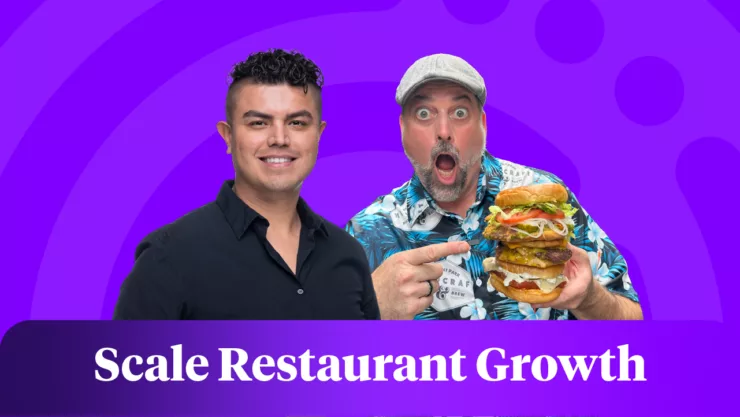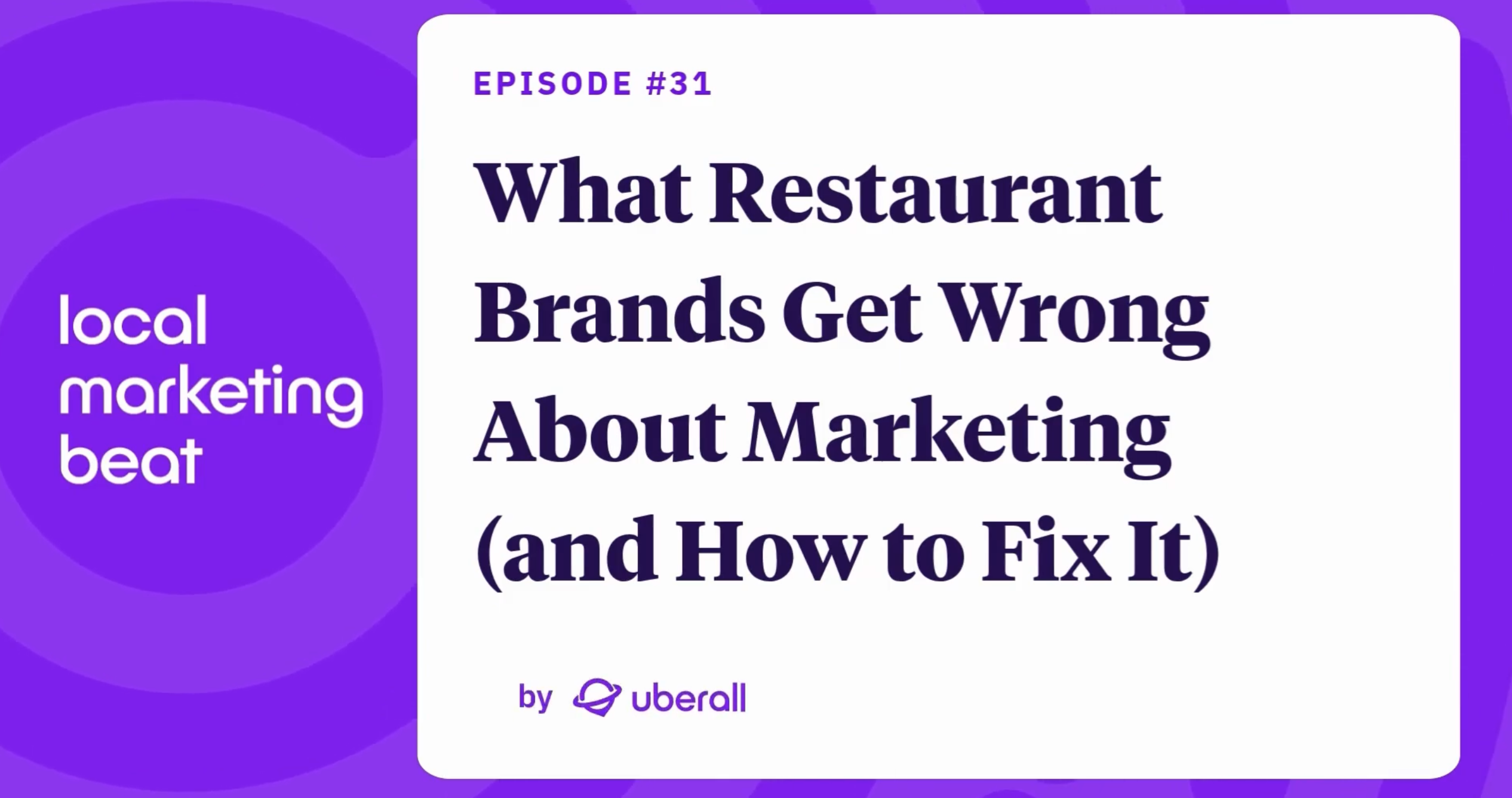
Podcast Pieces: How to Get More Customers in Your Restaurant — and Get Them to Return
Consumers now use multiple sources to discover the best restaurants around them but search, reviews, and word-of-mouth still drive most dining decisions.
In our Local Marketing Beat podcast, hospitality marketing expert and fractional CMO for multi-location restaurants, Rev Ciancio, joins host Christian Hustle to unpack what really works for restaurant visibility today.
From listings management and “dish search” to reputation, social proof, and consistency, Rev shares expert and actionable strategies from his 20 years of experience — ways to attract new restaurant customers (and keep them coming back).

Is AI Already Picking Where Customers Eat?
Rev Ciancio: “I don’t think the majority of the population is opening up ChatGPT and going: ‘Where should I get hot wings tonight?’ I don’t think we’re there yet. I still think that’s a search function. I still think that’s a Google, Yelp, Bing, Yahoo, Foursquare, maybe Instagram, TikTok function. However, AI is watching the results of all those searches.”
For now, restaurant discovery still starts where it always has — on search engines and maps. Consumers type “best wings near me” into Google or scroll through Yelp, scan photos, and check reviews before deciding where to go. But as Rev explains, AI is already learning from those behaviors and starting to shape results behind the scenes.
AI may not yet replace local search, but it’s becoming a natural part of trip planning. People are already turning to ChatGPT or Gemini for broader queries like: “We’re in Orlando next week — where should we eat near Disney?” or “What are the best old-school diners along this road trip?”
These experiences show where AI fits today: It’s less about spontaneous local cravings, more about curated itineraries and contextual recommendations that will attract new restaurant customers.
Reviews and Socials Help Acquire and Retain
Rev Ciancio: “Reputation management is probably actually digitally more important than it ever has been, because I do think people are asking ‘What do you know about this restaurant?’ That query is going to look at reputation. That query is going to look at what people are putting on social media. ‘Tell me what people are saying about this place’ is different from ‘Who comes up ranked highest for hot wings in my neighborhood.’
Rev explains that consumers don’t just want to know where to eat — they want to know why others love it. Reviews have become the new word-of-mouth, shaping first impressions long before a guest visits a website or makes a booking. Whether the question comes from Google, Yelp, or even an AI query, the answer increasingly depends on what real people are saying about your food, service, and atmosphere.
Social media for restaurants, meanwhile, plays a different but equally crucial role. As Rev points out, platforms like Instagram and TikTok aren’t where most people find restaurants — they’re where they validate them. When potential guests land on a restaurant’s profile, they’re looking for confirmation: Do the photos match the reviews? Does the vibe fit what they were told? Keeping those top posts fresh and true to your brand is just one of many ways to get more customers in your restaurant – and enticing them back.
While many businesses still treat social media as an acquisition platform, Rev notes it’s actually a very effective restaurant customer retention tool. The right strategy will, of course, attract new restaurant customers, but as Rev points out: “Nobody follows a restaurant on Instagram unless they’ve either eaten there or they plan to.”
Most customers save restaurants to their maps, follow them for updates, or look up directions, etc, meaning discovery, validation, and retention now happen across multiple touchpoints.
Menus Are Mandatory; Consistency is Key
Rev Ciancio: “If you don't have your menu in listings management — if you don't have your menu in Google, Yelp, and Yahoo — you totally missed the boat.”
In local search, your menu is one of the biggest deciding factors for visibility. Google even calls it “dish search” — the way people now look for specific menu items rather than just a restaurant name. So if two pizza places sit on the same street and only one lists its menu directly on Google or Yelp, that restaurant will almost always show up first when someone searches for “gluten-free crust” or “lunch specials.”
But visibility isn’t just about uploading a menu once. Rev explains that active listings maintenance is a major trust signal for platforms like Google and Yelp. Adding new photos, posting updates, or replying to reviews at least once a month tells the algorithm your business is alive and engaged — and earns you a higher level of credibility. Without that regular activity, even great restaurants risk disappearing from search results.
Revs tells us that many businesses struggle most with consistency. That simple act of updating a photo or replying to a review might seem small, but it tells search platforms your business is alive, responsive, and reliable — the kind of brand they can safely recommend.
He describes a simple ecosystem for consistent restaurant marketing that spans about 11 channels — a system even the biggest brands often fail to master. Beyond listings, consistency is what separates thriving restaurant brands from those that fade into the algorithm’s background noise. Rev’s approach is refreshingly simple: Show up at the same rhythm, every time.
A weekly email with one strong image and a clear call to action will outperform any overcomplicated automation. The same goes for social: “If you can post twice a week, then post twice a week — but don’t go away for two,” he says. Whether you’re a single-location operator or a national chain, sustainable consistency — not perfection — is what earns trust, visibility, and repeat visits.



